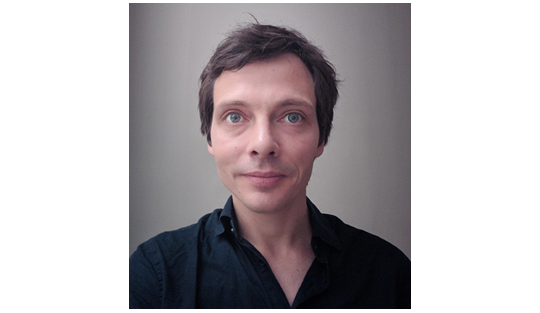Simultaneous spatial representations in visual cortex and hippocampus
Animals rely on multiple navigational signals to estimate their own position in an environment. They can use vision to update their estimate based on visual landmarks. They can also perform path integration, i.e. estimate the distance they traveled from the previous location. Path integration and visual landmarks both contribute to the spatial representation in hippocampus. However, it is yet unclear whether navigational signals influence neural processing in sensory areas like the primary visual cortex (V1).
We trained mice to lick in a specific position of a virtual reality corridor for water reward. On some trials, the gain of the virtual environment was changed so the animal had to run 20% more, or less, to reach the reward location, while visual landmarks remained at the same position along the corridor.
While the mice performed the task, we recorded simultaneously from V1 and CA1 neurons. As expected, the activity of CA1 place cells depended on both visual cues and distance traveled. Surprisingly however, V1 neurons revealed a similar behavior: the position decoded from the V1 population was intermediate between predictions based on visual cues and distance traveled. Our results thus suggest a control of V1 activity by path integration. We propose that this control could rely on feedback position signals from the navigational system or on a direct influence of the distance traveled by integrating visual flow and self-motion signals.
Cortical Processing Laboratory (Harris/Carandini)
University College London – Institute of Ophthalmology
London – United Kingdom
Invité par M. BOCCHIO et A. CARABALONA
Salle de conférence Inmed, lundi 30 octobre 2017 à 11h

